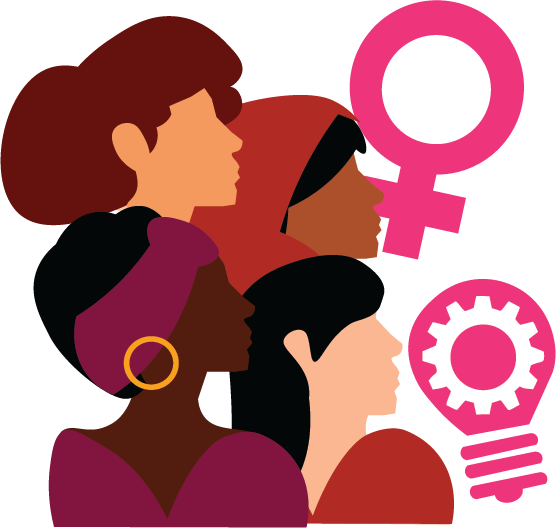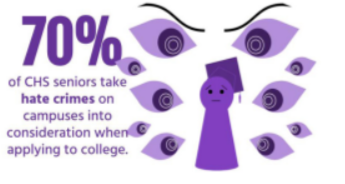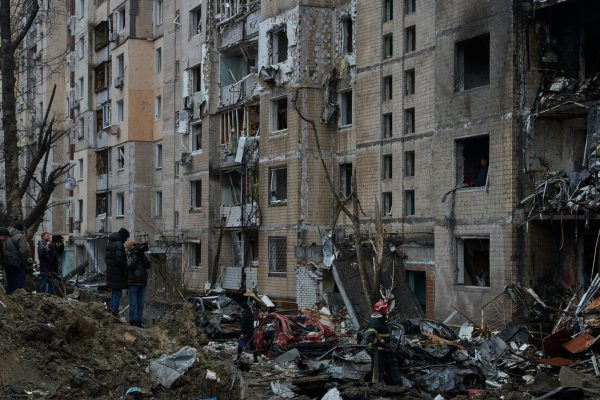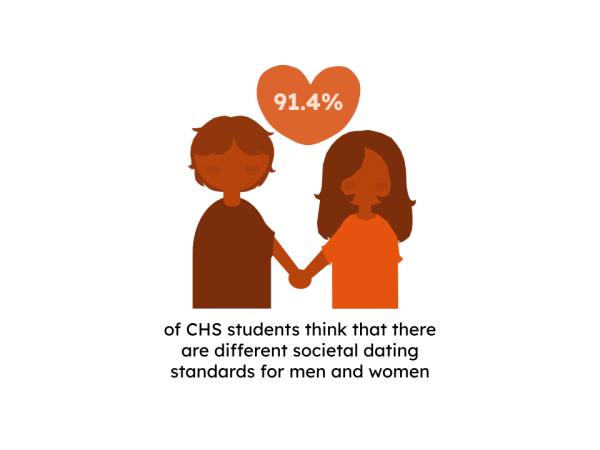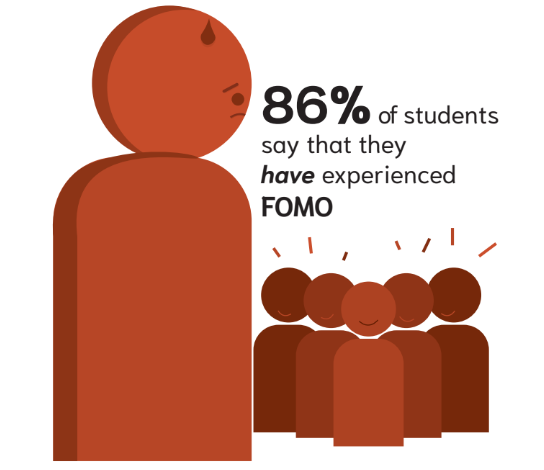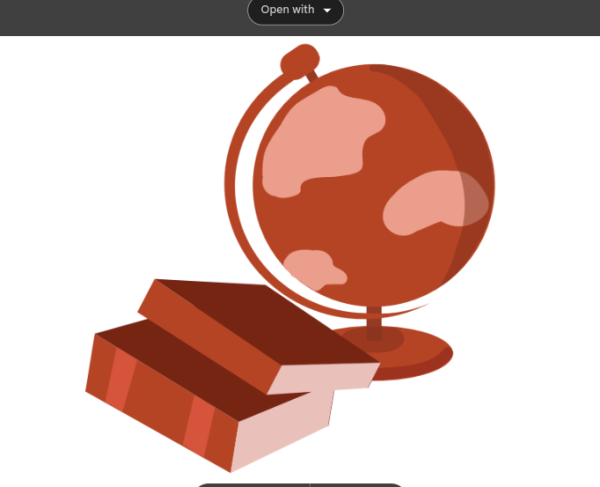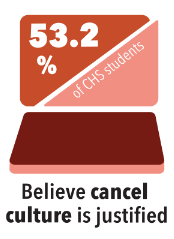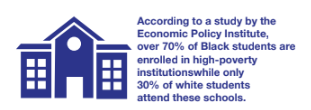Teachers reflect on changes in curriculum
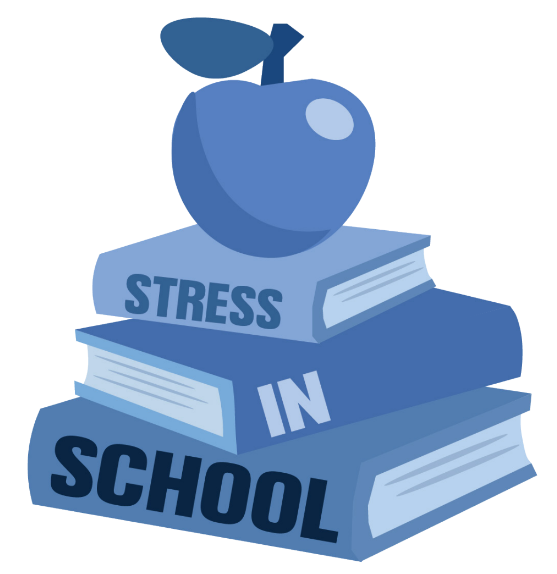
BLOT GRAPHICS BY Z. SABRINA LIDING, CINDY LIN, JANELL GUI and TIMOTHY WILBURN
Survey of 54 CHS Students from Oct. 13 to Oct. 21.
November 23, 2022
While the country has seen shifts in high school education over the last few years, those at the real forefront of these changing dynamics are the teachers inside the classrooms. Many of the teachers at CHS have witnessed changes
in environment and variations of the curriculum over their years of teaching.
CHS has made strides in its educational programs based on the social and technological advancements that have occurred in the past 20 years. The most recent addition to the CHS curriculum is the implementation of SEL, or social emotional learning.
The primary purpose of SEL is to make students feel welcome and comfortable in the classroom.
“It has to do with developing a relationship with students and teachers and developing relationships among students in the classroom,” said chemistry teacher Erin Wheeler. “It’s really feel-good stuff, where students should feel like they belong here and are ready to learn and not distracted.”
History teacher Bill Clark believes that a positive change in the curriculum emerged from the COVID-19 pandemic.
“We were all thrown into COVID and as a result of it, a lot of things changed for the better,” Clark said.
The changes in the curriculum gives students easier access to their assignments via the Google Workspace programs. One of the largest changes was the type of tests students take. Clark believes more flexible assessments grant teachers the opportunity to teach for the sake of “holistic learning” instead of strictly following the information needed for tests.
COVID-19 has not only affected the curriculum, but students’ mental health as well. As Wheeler put it, “Especially with the pandemic and other things that have been going on, students are a lot more stressed and anxious, so addressing this social-emotional learning is important to our academic success.”
Additionally, CHS teachers have control over numerous decisions when it comes to a student’s course load and how it can affect a student’s mental health. This creative leeway allows teachers the liberty of keeping things like burnout and procrastination in mind.
“I think keeping students’ mental health in mind is important, and because I teach a science class, I feel like I have a little bit more wiggle room,” Wheeler said. “I definitely take this into account, like if students have two tests in one day, I’ll move my test and give a lab instead.”



